Foods for Acne: What to Eat for Healthier Skin
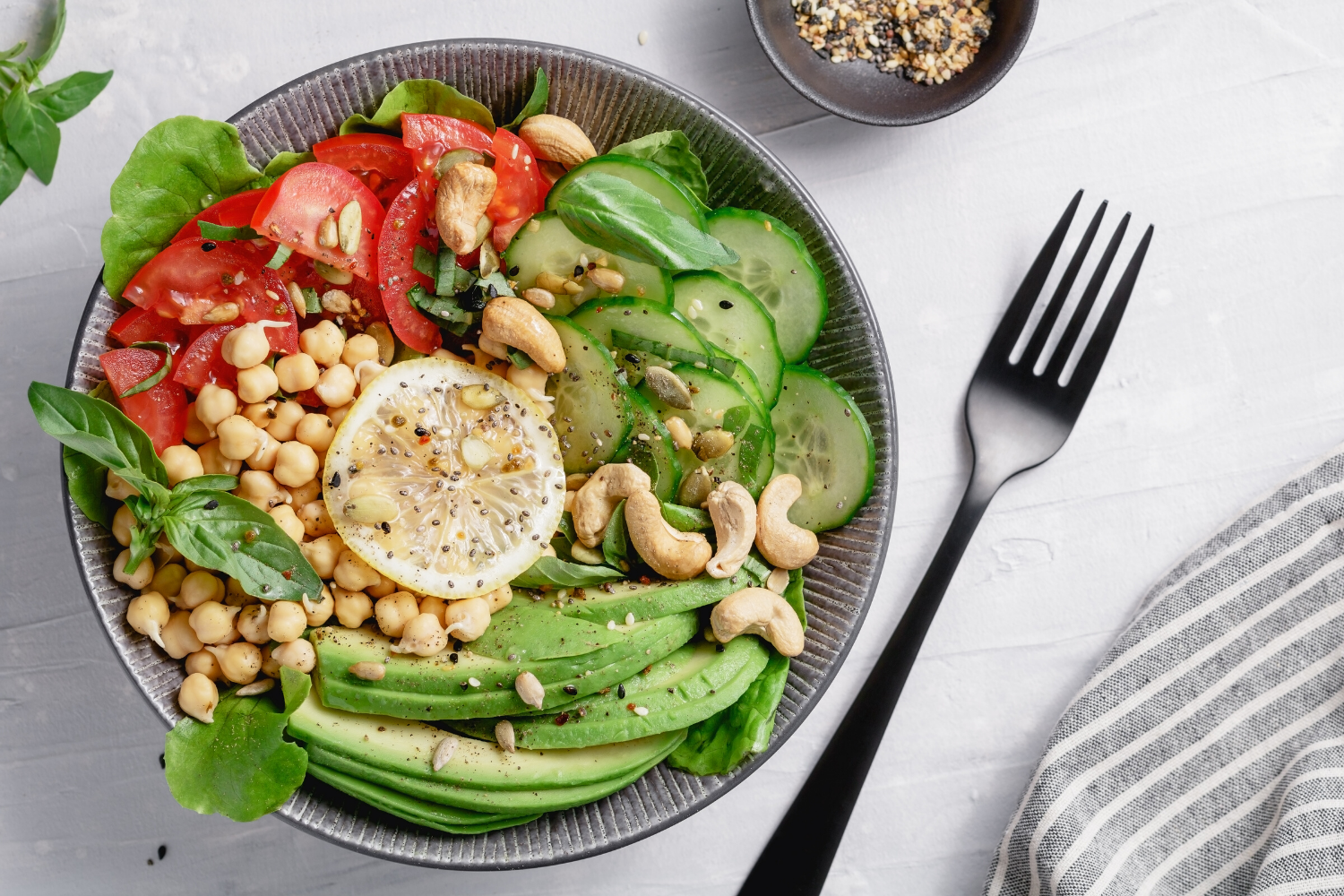
Similar to the debate of whether stress can cause acne, there is much conjecture regarding the relationship between diet and acne.
The research behind diet and acne is varied and vast. You can find numerous sources dispelling theories that certain diets are the causes of acne breakouts and others touting the clear skin benefits of eating particular foods.
While greasy potato chips and chocolate cannot be targeted as the main culprit behind those embarrassing and sometimes painful blemishes, there’s plenty to be said about food’s ability to worsen a pre-existing acne condition.
The main culprits behind acne blemishes lie in hormonal changes, whether those result from puberty or other life events. However, lifestyle habits like diet are correlated to the inflammation and prevalence of these breakouts.
From dairy to the Mediterranean diet, we took a look at the most commonly touted foods for clear skin and examined the research blaming certain foods for acne blemishes.
Commonly Blamed Foods
There are many foods that have been blamed for acne, but you’ll find that many of these accusations are based on incomplete or nonexistent research. There are, however, some important connections between certain diet choices and breakouts.
Dairy
Another popular myth people often ask when it comes to skin problems, does dairy cause acne? If you’ve struggled with acne, it’s likely that you’ve been told that you should cut down on your dairy intake, eliminating milk and items containing this common ingredient, like cheese and ice cream. Don’t start clearing out your fridge and freezer just yet, though. Like many of the other foods blamed for acne prevalence, dairy may have a connection to skin conditions, but this theory has not been proven.

Milk contains androgen precursors, and can be easily converted into actual male hormones when exposed to particular enzymes. The pores found in the skin contain these particular enzymes, and the combination of these two may result in the formation of pimples, blackheads, and other skin lesions.
Many assume milk can cause acne blemishes because pasteurized milk contains IGF-1, a hormone that helps the body rebuild and create important tissues.
However, an increased level of IGF-1 in the system can result in more sebum production. As excess oil directly contributes to acne breakouts, research has conjectured that milk could potentially be a direct cause of acne.
Perhaps surprisingly, skim milk has been the most commonly implicated milk product in connection to acne. This may be related to the processing skim milk goes through, but no studies have been conclusive.
Chocolate
Does chocolate cause pimples? You’ve likely been told that eating your favorite chocolate bar will result in unavoidable pimples and skin irritation, but is this longstanding conjecture true? Chocolate’s really gotten a bad rap, but its acne-causing reputation has gone through quite the evolution in the past century. According to the US National Center for Biotechnical Information (NCBI), have examined the effects of chocolate consumption on the incidence of acne vulgaris but the results have been varied and inconclusive.
In the early 20th century, health professionals began warning their patients against the consumption of chocolate, although this supposed link between chocolate and acne was based largely on speculation rather than real research. Fast forward more than half a century, and two studies were performed to determine the validity of this commonly accepted claim.
In the first study in 1969, James Fulton, Gerd Plewig, and Albert Kligman studied a test group of 65 individuals with moderate acne. Some of these test subjects were given a chocolate bar containing ten times the amount of chocolate found in the average bar, and the remaining subjects were given an identical bar that contained absolutely no chocolate.
The number of acne lesions were counted before and after each ingestion period, and the observed results indicated there was no difference between the two factions. This led the team to conclude that increased intake of chocolate didn’t have any marked effect on sebum production, meaning the claims that this sweet treat worsened acne remained unproven.
However, there were flaws in this study. The bar containing no chocolate contained identical amounts of sugar, fat, and calories. It was also only performed for a month, whereas most modern acne treatments require at least three months before effects are noticed.
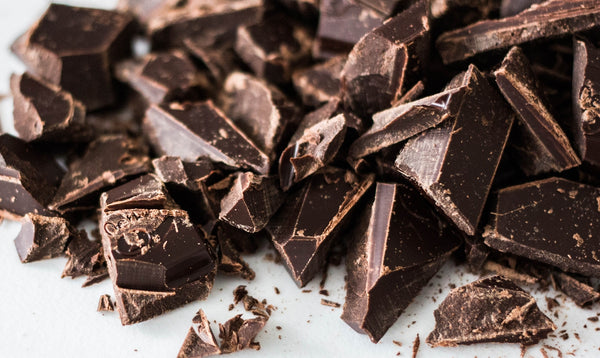
The second study, performed in 1971, took 27 students and supplied them with chocolate, milk, roasted peanuts, and cola (all reported acne triggers), for one week. There was no marked change in acne prevalence between the two groups, but this study once again had numerous flaws. At one week, it wasn’t nearly long enough to be a valid study, and the researchers did not track the other foods eaten by the students, which may have also contributed to acne prevalence.
These two studies were the only major research sources cited for the following 40 years in regards to chocolate, but at the turn of the 21st century, new studies came to the forefront of research on the link between the consumption of this commonly eaten dessert and breakouts.
In 2003, a new study found that insulin levels significantly increased after meals that included chocolate, especially those which included chocolate combined with milk. It was conjectured that this increased insulin was the result of active compounds found in chocolate. Scientists have also determined that chocolate intake may increase the production of IL-10 proteins, but this is a distant connection between acne and chocolate.
Another small study done in 2013 found that inflammation—a factor in the severity of acne—increased in the group who had eaten chocolate. Seven healthy people were each given a small amount of chocolate every day for a span of four days, and took blood samples before and after consumption each time. The extracted blood cells were then exposed to P. acnes bacteria and Staphylococcus aureus. It was shown that after eating the chocolate, the blood cells produced more interleukin-1b, an inflammation marker, and more interleukin-10 in respective response to these two strains of bacteria. These reports suggested that chocolate could make the skin more susceptible to infection and acne blemishes. However, like its predecessors, study was too small to be considered a definitive answer.
The debate rages on, but many dermatologists now report chocolate consumption doesn’t seem to increase the incidence of acne seen in their patients. In the meantime, we’ll wait for more research. If you’re worried chocolate may be triggering your breakouts, consider cutting it out of your diet for a week or two and examine your skin for a noticeable change.
Alcohol
Alcohol can cause fluctuations in hormone levels, and an imbalance in certain hormones may result in breakouts. Regular consumption of alcohol can depress the immune system; if your immune system is compromised, your body may not be able to combat the bacteria and infection that lead to acne blemishes. Mixed alcoholic drinks are often filled with sugar, and spikes in insulin can result in worsened inflammation.
Alcohol also weakens the liver, and the liver regulates hormones and blood sugar levels. Stay away from excessively sugary alcoholic beverages, and limit your intake to give your skin the best chance for a healthy, vibrant glow.
Learn more about the connection of alcohol and acne here.
Acne-Fighting Foods
Just as there have been fingers pointed at a variety of foods for acne incidence, there are just as many diets and particular food items purported to help the skin remain clear and vibrant.
Omega 3 Fatty Acids
While the standard Western diet contains many omega 6 fatty acids, it doesn’t offer nearly enough omega 3 fatty acids. Omega 3s help reduce inflammation that can worsen skin issues. Seafood is a great source of omega 3s, so up your intake of fatty fish like salmon and sardines. You can also find omega 3s in nuts like almonds and walnuts.
Antioxidant-Rich Foods
Some of the best foods for clear skin include foods that are rich in antioxidants, which help your skin battle against the damage that sun exposure can do. Some studies have even suggested that antioxidants will lessen the amount of time a breakout lasts, and may result in smaller, less painful pimples and other acne lesions. Berries are filled with antioxidants, so consider adding more fruit to your diet.
Green Tea
Studies have shown that both topical and ingested green tea can help fight against acne by reducing inflammation. In addition to sipping on brewed green tea, use a topical treatment to get the most out of green tea’s acne-fighting properties. Our Clear Skin Routine harnesses the power of green tea extract to help the surface of your skin fight against acne and feel smooth and soothed.
Probiotics
You’ve likely heard of probiotics in terms of digestive health. Probiotics are the good bacteria that can improve stomach function and digestion, but the American Academy of Dermatology has recommended acne patients take daily probiotics. You can get probiotics from yogurt that’s labeled as such, or from fermented tea products like kombucha.
Low-Glycemic-Diets
You may have heard about or been directed to adhere to a low glycemic diet to help control breakouts. What exactly does this refer to? The glycemic index is a measurement of food based on the impact they have on our blood sugar levels. This scale is judged from 0 to 100, with three different levels of GI values.
High Glycemic Index Level
A high Glycemic index value measures between 70 and 100. White bread is an example of a high glycemic food item.
Medium Glycemic Index Level
A medium glycemic index food item measures between 56 and 69. Honey is an example of a medium glycemic food item.
Low Glycemic Index Level
A low glycemic index food item measures under 55. Hummus is a low glycemic index food item. You’ll also hear of these items referred to as Low GI food.
Low glycemic index diets have been touted to provide a plethora of health benefits, including a decreased risk of diabetes, metabolic syndrome, cardiovascular issues, stroke, depression, and certain cancers. It stands to reason that a diet that’s so beneficial for holistic health issues might in fact also help in the pursuit of clear skin. So what’s the science behind this acne fighting theory?
The higher the glucose in your bloodstream, the more insulin your body produces. As your blood sugar spikes, the body may react with excessive inflammation which plays a role in the severity and frequency of acne blemishes. If you eat a diet filled with high glycemic index foods, your body’s response may come in the form of elevated hormones. These hormones can increase the production of the sebaceous glands found in the skin, and excess sebum leads to acne blemishes.
While this theory has not been unequivocally proven, there have been telling observations. Populations that eat diets saturated with very low glycemic index values exhibit far fewer cases of acne, with lower rates of inflammations and smaller, more inactive oil glands.
How to Maintain a Low GI Diet
According to Harvard Health Publishing, following a low GI diet means identifying where commonly eaten foods fall on the glycemic index. Generally, any processed foods with refined sugars are going to be high on the glycemic index. Good choices for those with acne include whole grains, beans and legumes, nuts, seeds, and most fruits. Try sticking to these foods or try learning how to meal prep in order to be more conscious of what you eat on a regular basis.
Overcooking food can actually increase the level of glycemic index, especially in cases of food like pasta. When it comes to fresh produce, riper fruits tend to fall higher on the glycemic index, so less ripe fruits might be a better choice.
There are multiple studies on this proposed acne connection, but these various studies have resulted in conflicting evidence. One study observed 248 individuals in New York. These individuals filled out a validated food frequency questionnaire and were asked questions about the state and severity of their acne blemishes. The results in this study found that participants who reported moderate to severe acne ate a noticeably higher GI diet, with a higher level of sugar consumption. In contrast, there have been studies that have shown no significant change in acne incidence in terms of GI diet-related habits.
While following this diet hasn’t been proven to clear acne, there are many obvious health benefits. Combine a healthy diet with a proven acne treatment program to give your skin the best chance at looking and feeling its best.
The Mediterranean Diet
Now for a diet purported to give your skin some major clearing benefits, and not to mention a host of other various holistic health benefits to boot. In 2008, a published study found a vast difference between the health of those who stuck to a strict Mediterranean-style diet in contrast to those on a standard American diet.
What exactly were the health benefits? This diet showed a lowered risk of cancer, heart disease, Alzheimer’s, and dementia. The Mediterranean diet is based on the design of eating like someone who lives on the coast surrounding the Mediterranean Sea, which includes countries like Greece, France, Spain, Italy, Macedonia, and Egypt.
Generally, following the Mediterranean diet means eating limited amounts of dairy products and minimizing saturated fats from red meat and eggs. Individuals following this diet must consume a great deal of fruits and vegetables, liberally use olive oil, and eat plenty of bread, rice, pasta, and cereal. This diet also recommends consuming potatoes, seeds, beans, and lean meats. One of the hallmarks of this diet is eating local, fresh food rather than purchasing processed food.
This diet was first hypothesized back in the 1960s, and publicized in 1975 by Ancel and Margaret Keys. However, it didn’t become popular until the late 20th century, when Dr. Walter Willett presented his take on the diet in the mid-1990s. Since then, numerous studies have repeatedly confirmed that this eating lifestyle can improve good HDL cholesterol, decrease belly fat, decrease high blood pressure, and lower levels of blood sugar. It’s also been proven to aid in weight loss efforts.
What Does This Mean for Acne?
Those who follow a strict Mediterranean diet take in a lot of fruits and vegetables, which supplies the body with numerous minerals, vitamins, antioxidants, and plant compounds.
General usage of vitamin A for acne reduction and prevention is not uncommon. All of these can help fight acne incidence. As previously discussed, omega 3 fatty acids have major benefits for acne sufferers, and the Mediterranean diet encourages consumption of oily fish, which are composed of a high saturation of omega 3 fatty acids.
Some types of fish contain carotenoid antioxidants that have been purported to protect your skin from damage from UV rays. Those that follow this plan also often partake in red wine, which is a great source of antioxidants that can serve as a great aid to skin cells. The Mediterranean diet’s emphasis on cutting out processed food is also a point for skin health, as the trans fats, sugars, and processed chemicals found in fast food and junk food can do harm to our health and affect the skin.
With all of these benefits, it stands to reason that this diet would be a cure-all for acne blemishes, right? Not exactly. This diet cuts out saturated fats, but these are actually great absorbers of important vitamins. This diet also discourages the consumption of healthy fatty foods, and some of these items can actually decrease inflammation, thereby lessening the severity of acne breakouts.
One of the most worrisome facets of this diet regarding its effects on acne prevalence is the recommendation of grain consumption. This means users will likely consume a great deal of barley and wheat, which have been known to worsen a pre-existing acne condition. Eating a diet that consists of a great deal of refined and whole grains will supply the body with an abundance of carbohydrates. Too many carbohydrates can lead to insulin resistance, and this could result in elevated blood sugar levels, which may result in excessively oily skin.
The reductions in acne incidence are real, and have been observed in multiple studies, but the reduction significance is very small in reality. While some of the eating habits offered in this lifestyle change are generally great for health and may have positive effects on acne blemishes, like the consumption of fish and antioxidant-rich items, following this diet is not a be-all and end-all to acne vulgaris and other skin issues.
The Bottom Line
Eating healthy is always advisable, as a healthy body and immune system can help combat acne-causing bacteria. However, citing any food as a clear cause of acne is unwise.
Consider this question about vitamin-b5 and acne: does it work to clear pimples? Not on its own, but it could play an important role.
If you’re concerned that your diet is affecting your skin, consider keeping a food journal. In it, record everything you eat, and also write down the symptoms you notice after eating said foods. This will help you determine what you may be particularly sensitive to and guide your diet to ensure your skin stays as clear as possible.
As the condition between clear skin and diet has not been proven unequivocally true, it’s essential to follow a regular acne treatment system to help manage current breakouts and prevent future blemishes.
bioClarity harnesses the healing properties of natural ingredients to prevent inflammation and irritation, leaving your skin clear and feeling its best. With our innovative new ingredients and proven success in clearing skin, your best bet to fighting acne is combining naturally better acne treatment products with a physician-approved diet plan.
Clearer skin in as little as two weeks.
This 3-step routine combines the most effective (clinically-proven) acne fighting ingredients with powerful plant intelligence to leave your skin nourished, refreshed, and clear.
Try Some
Key Takeaways
- Food does not cause acne; fluctuations in hormone levels and life events like puberty and menopause are the main culprits behind skin blemishes.
- Food is correlated to the worsening of a pre-existing acne condition, as it can affect holistic health.
- While chocolate is commonly purported to cause acne, there’s no solid proof that this theory is valid, nor that it causes an excessive amount of sebum which leads to blocked pores and acne breakouts.
- Being overweight may be correlated to the production of oil in the skin, which can lead to clogged pores and acne.
- The Mediterranean diet provides numerous health benefits, but claims that this lifestyle change can clear skin of acne have been proven false in numerous cases.
- Any diet change in pursuit of clear skin should be approved by a medical professional.

Abby Vinas
Abby Vinas has long been an active member of the holistic health community, advocating in favor of its benefits to both our physical and emotional well-being. Her commitment to leading a healthy lifestyle has made her an authority on self-care practices. Abby is passionate about fitness, nutrition, and proper skincare, and is also an avid lover of avocado toast and dog-petting.
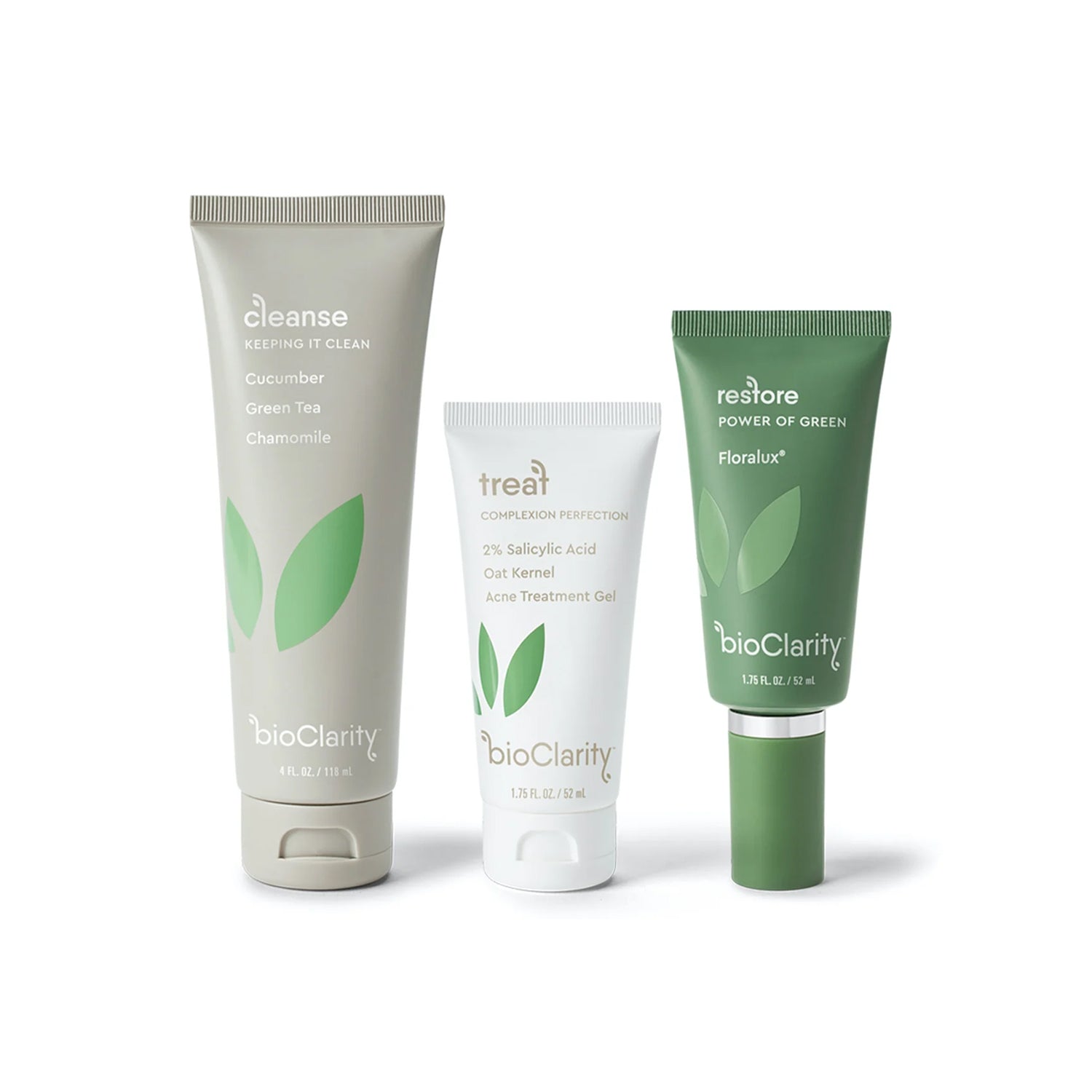
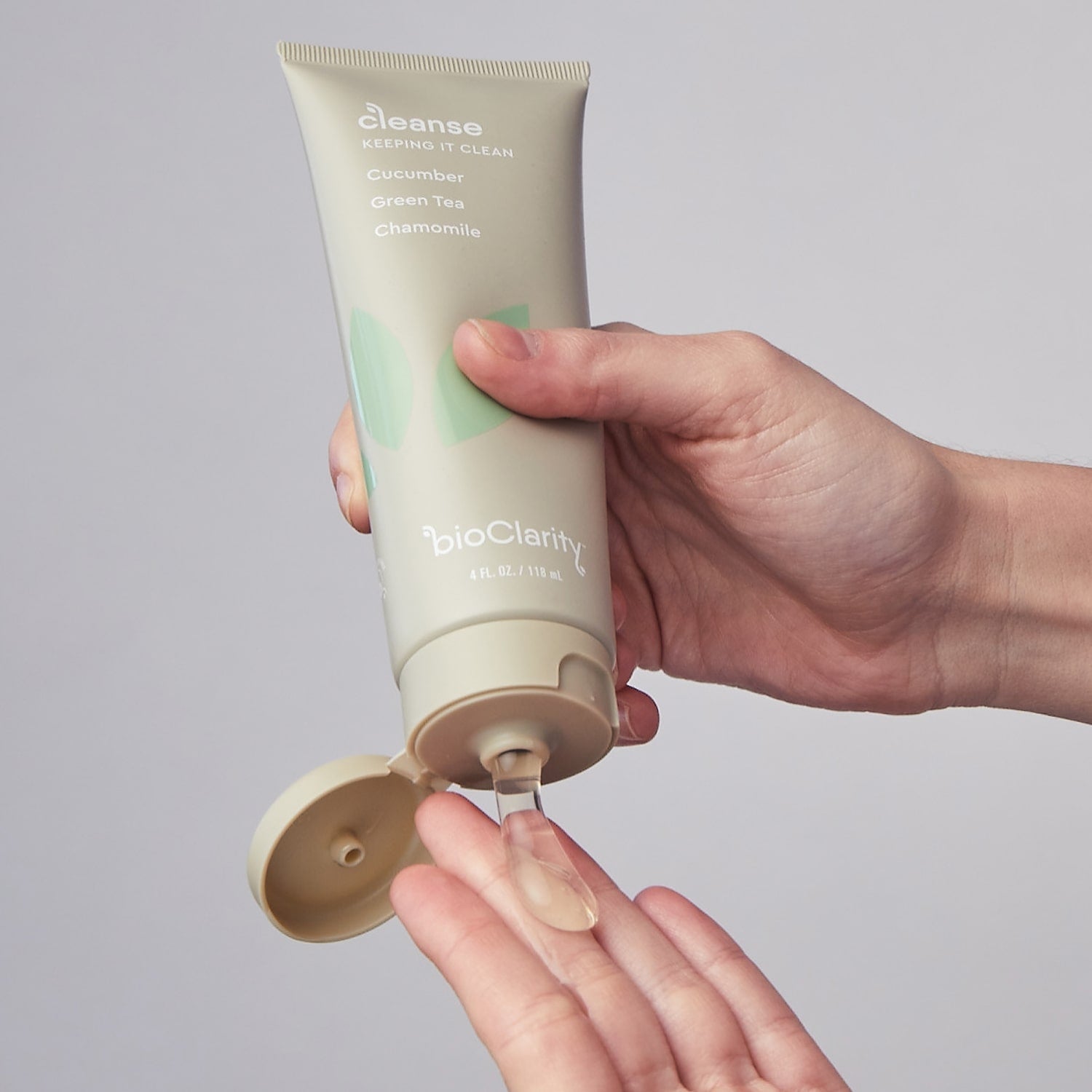
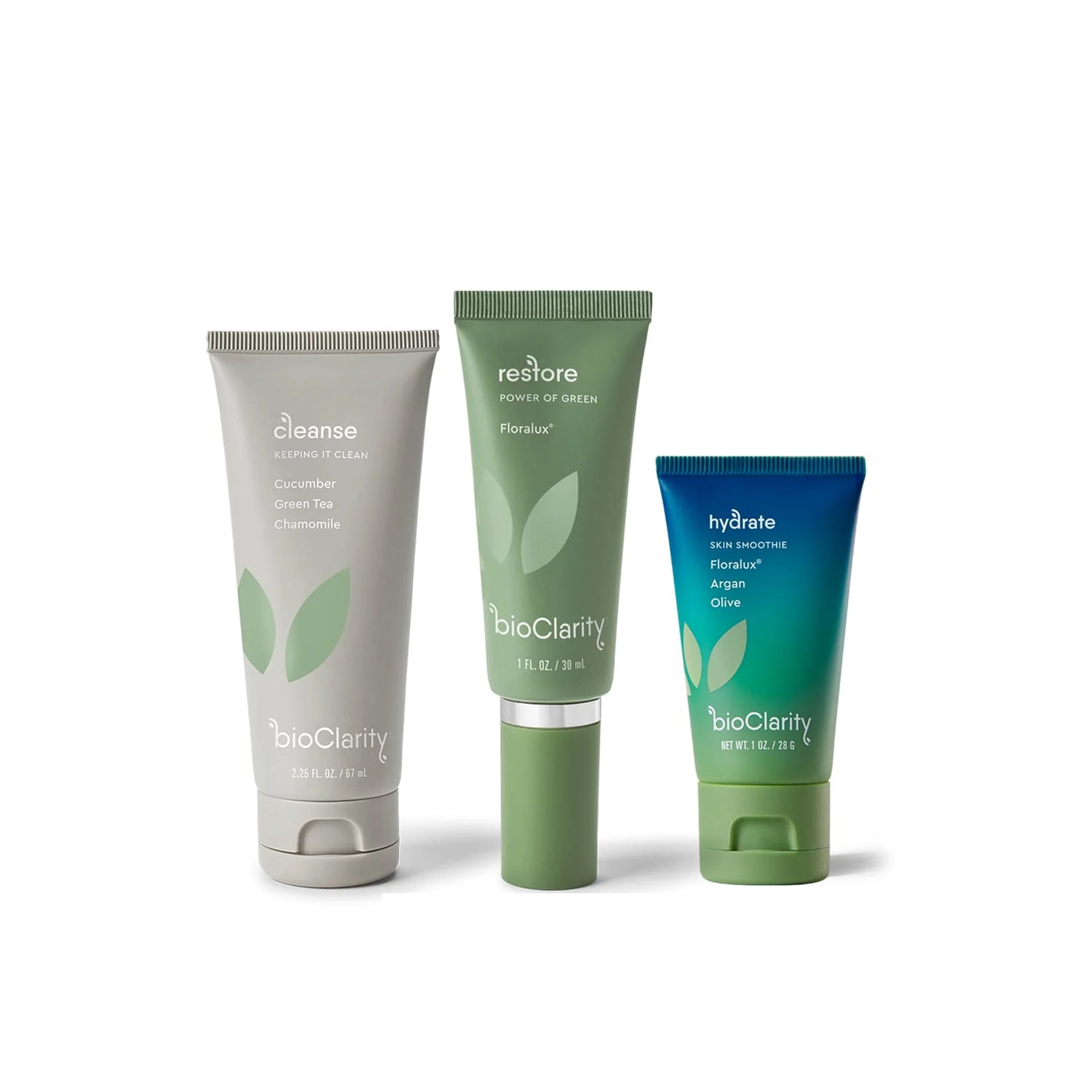
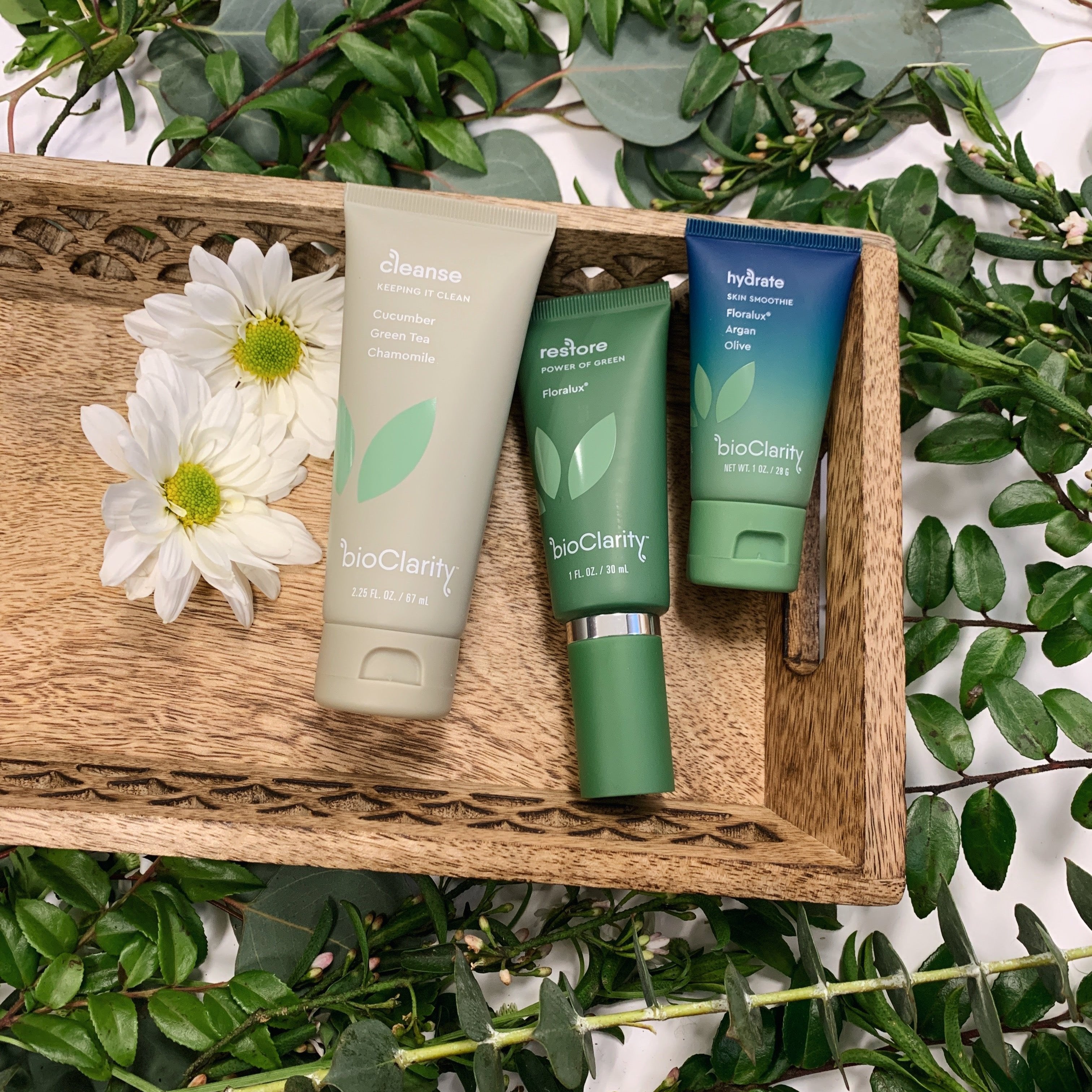
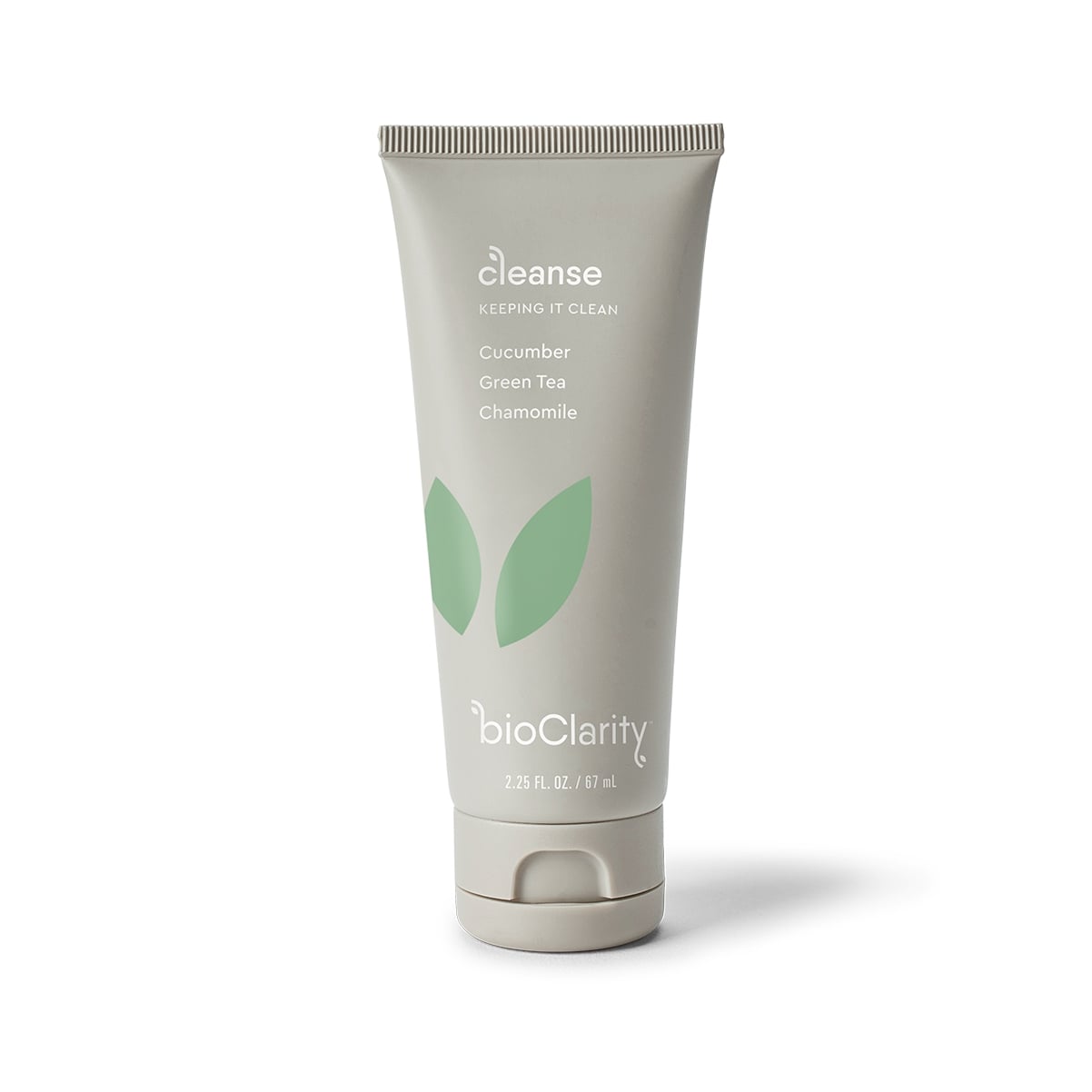
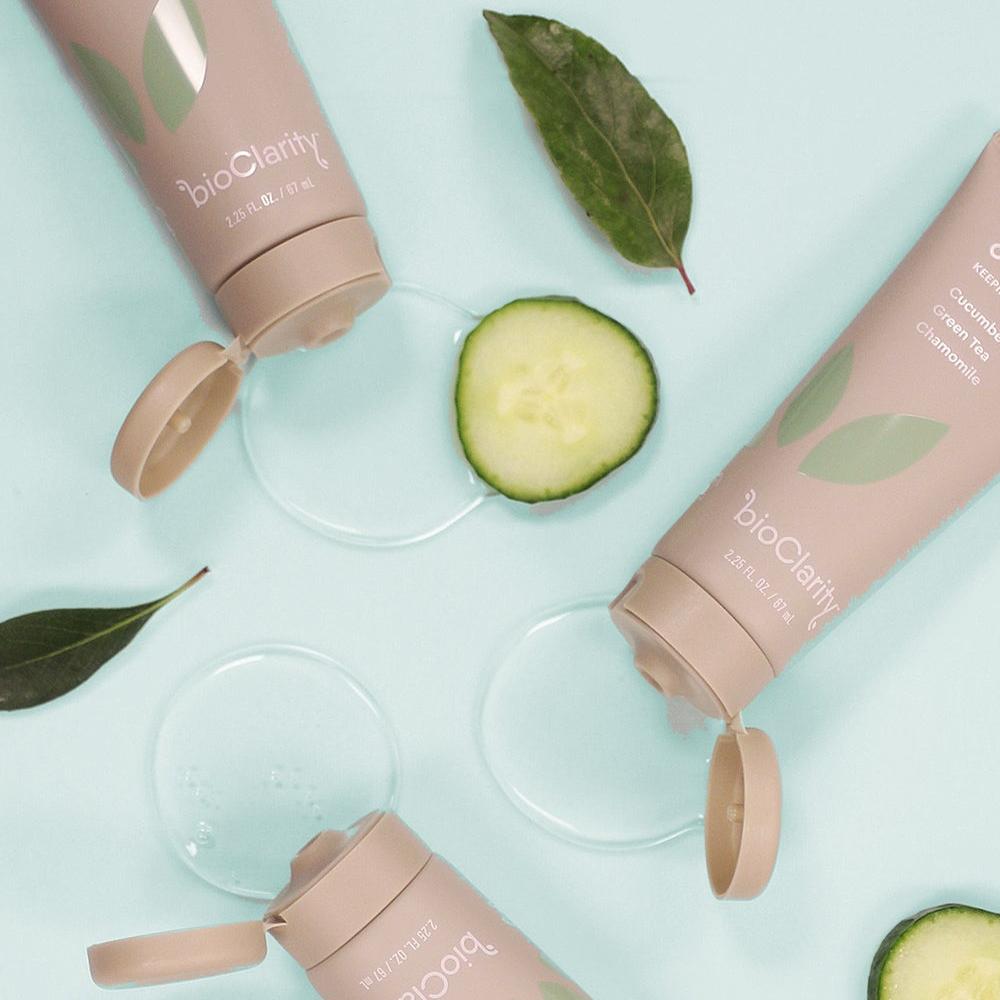



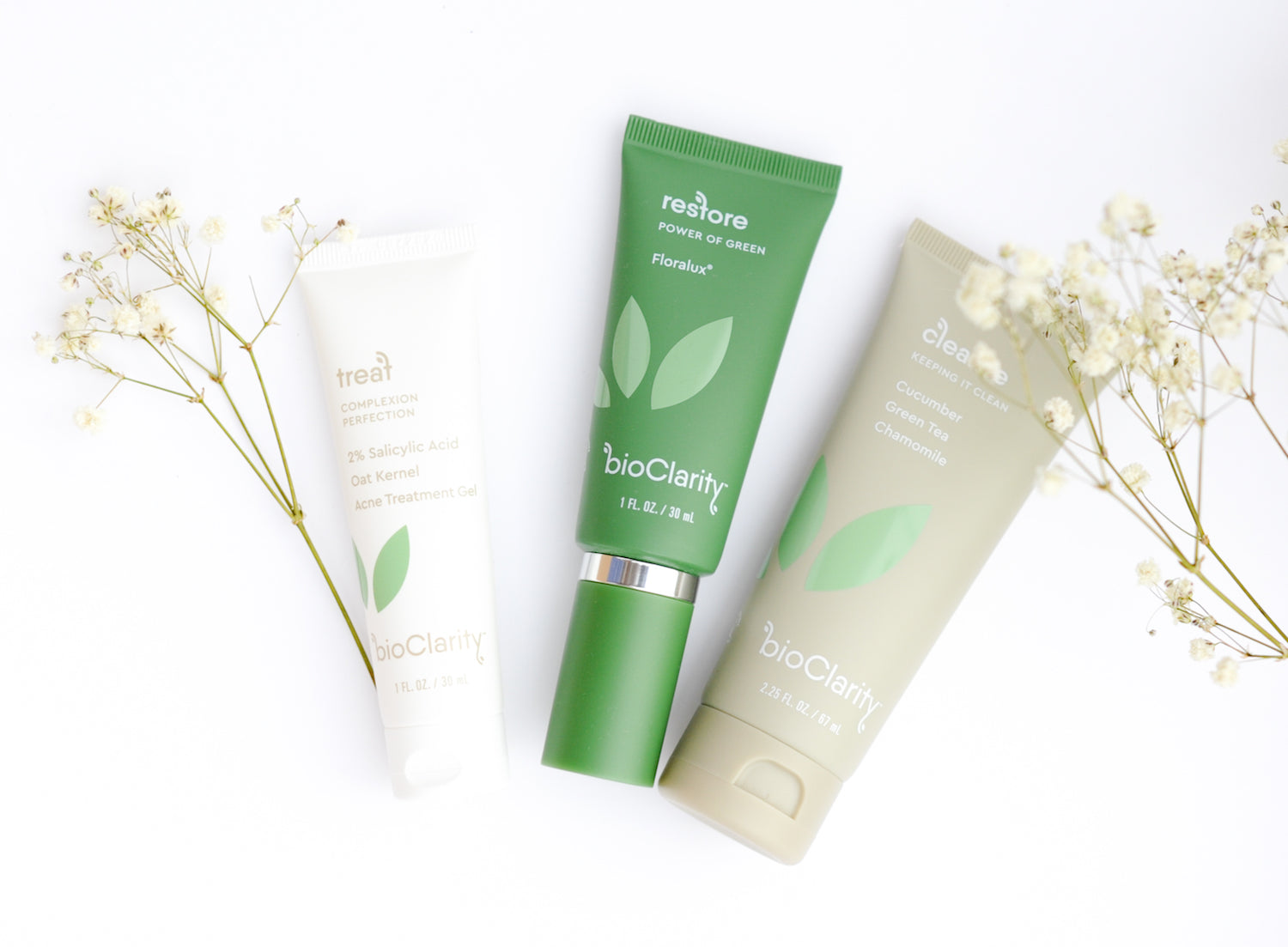
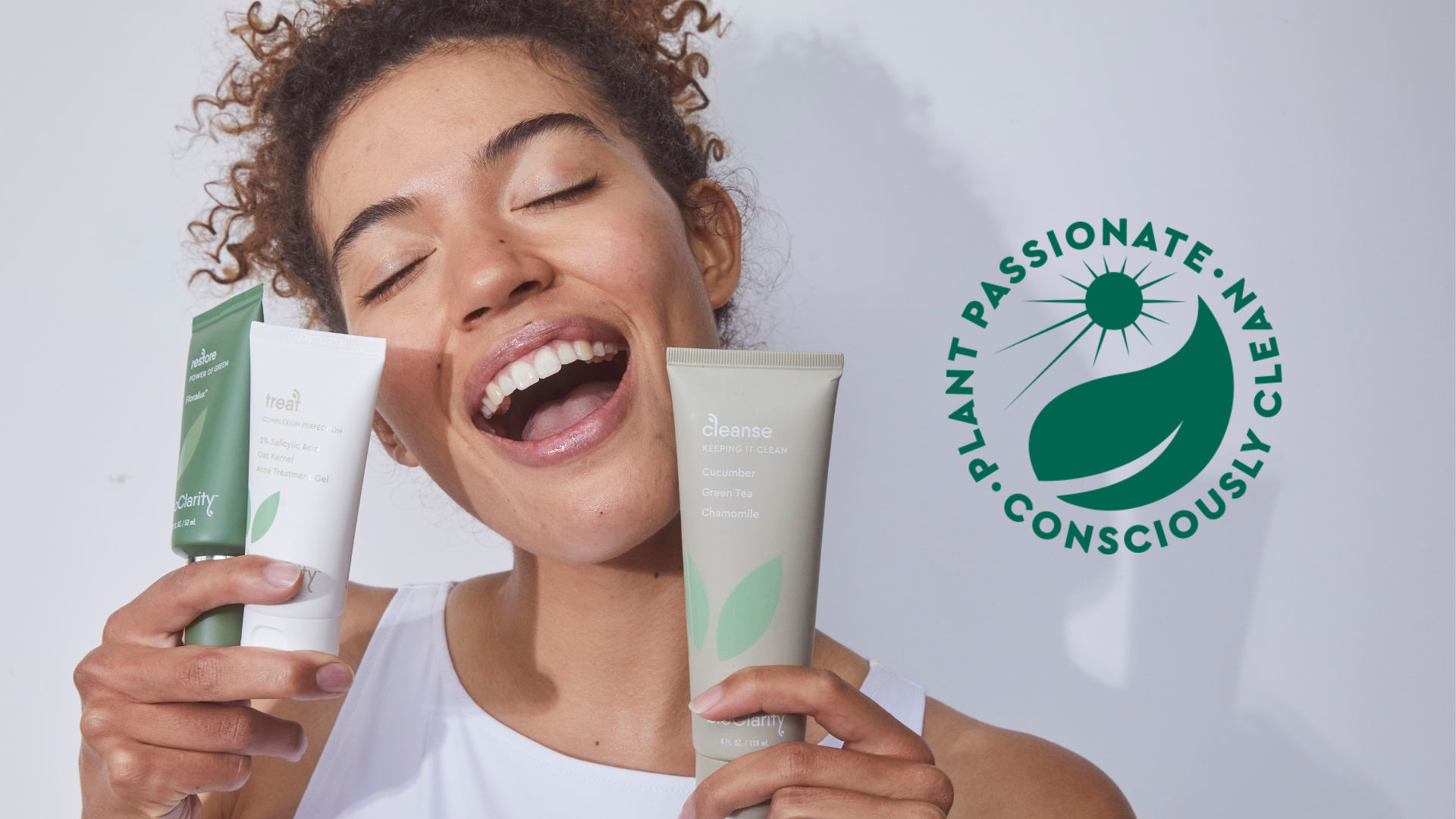
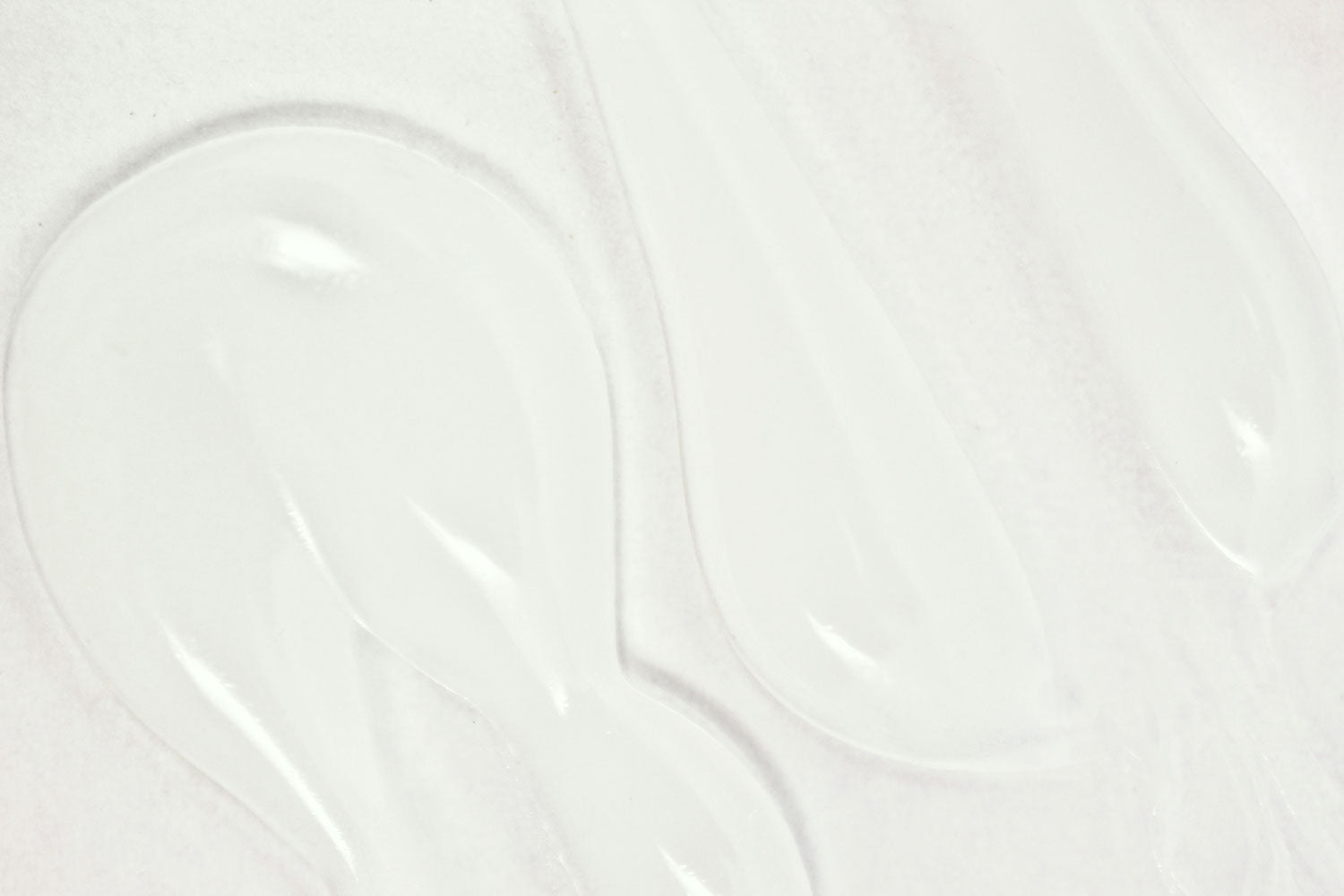
Comments